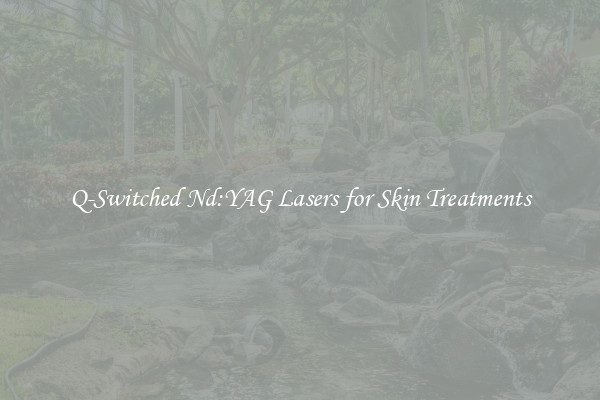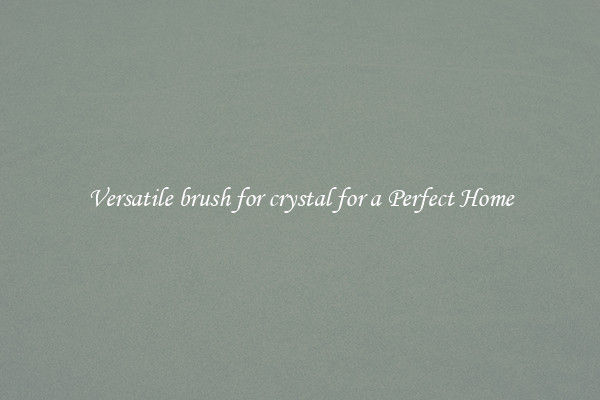Q-Switched Nd:YAG Lasers for Skin Treatments
Q-Switched Nd:YAG Lasers for Skin Treatments

In recent years, the use of lasers in various medical and cosmetic procedures has become increasingly popular. Among these lasers, Q-Switched Nd:YAG lasers have gained significant attention for their effectiveness in treating various skin conditions. This article aims to explore the applications, benefits, and limitations of Q-Switched Nd:YAG lasers in skin treatments.
Q-Switched Nd:YAG lasers produce short, high-energy pulses of light that are absorbed by pigments in the skin. These lasers are commonly used for tattoo removal, skin rejuvenation, and treatment of pigmented lesions such as freckles, age spots, and melasma. The laser energy targets the pigments, causing them to break down into smaller particles that can be naturally eliminated by the body's immune system.
One of the significant advantages of Q-Switched Nd:YAG lasers is their ability to selectively target specific pigments without causing damage to the surrounding skin. The laser energy is absorbed mainly by melanin, the pigment responsible for skin and hair color, making it effective in treating various pigmented lesions while minimizing the risk of complications.
Another key benefit of Q-Switched Nd:YAG lasers is their versatility in treating different skin types. Unlike some other lasers, these lasers can be safely used on patients with darker skin tones, as they have longer wavelengths that penetrate deeper into the skin without causing excessive heat. However, it is essential to adjust the laser settings carefully to avoid the risk of post-inflammatory hyperpigmentation in darker skin individuals.
Moreover, Q-Switched Nd:YAG lasers also show promising results in laser tattoo removal. Tattoo ink particles are typically larger and more deeply embedded in the skin than pigmented lesions. The high-energy pulses of the laser effectively break down the tattoo ink, gradually lightening or eliminating the tattoo over multiple treatment sessions.
However, it is crucial to understand that Q-Switched Nd:YAG lasers have limitations. Among these is the potential for post-treatment side effects, such as temporary redness, swelling, or bruising, which usually subside within a few days. The laser may also cause discomfort during treatment, but topical or local anesthesia can be applied to minimize any discomfort.
Additionally, Q-Switched Nd:YAG lasers may not be effective for all types of pigmented lesions or tattoos. Some colors of tattoo ink, particularly lighter shades like yellow or green, may not respond to the laser treatment as well as darker colors. It is crucial to consult with a qualified dermatologist or laser specialist to determine the most suitable treatment options based on individual needs and skin conditions.
In conclusion, Q-Switched Nd:YAG lasers have revolutionized the field of skin treatments, providing safe and effective solutions for various conditions such as pigmented lesions and tattoo removal. Despite some limitations, their ability to selectively target specific pigments and suitability for diverse skin types make them a valuable tool in the arsenal of dermatologists and cosmetic practitioners worldwide.

View details

View details

View details

View details








